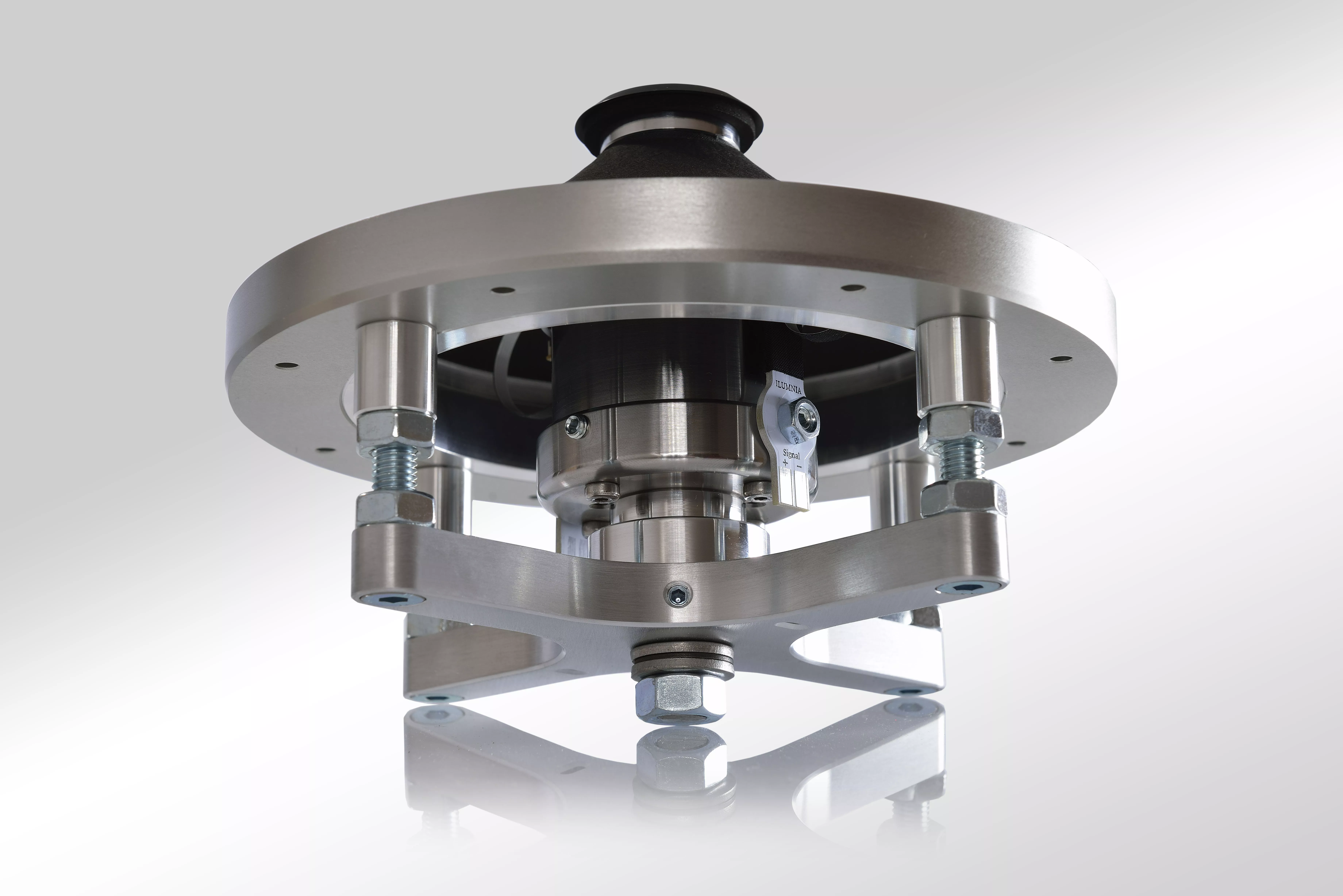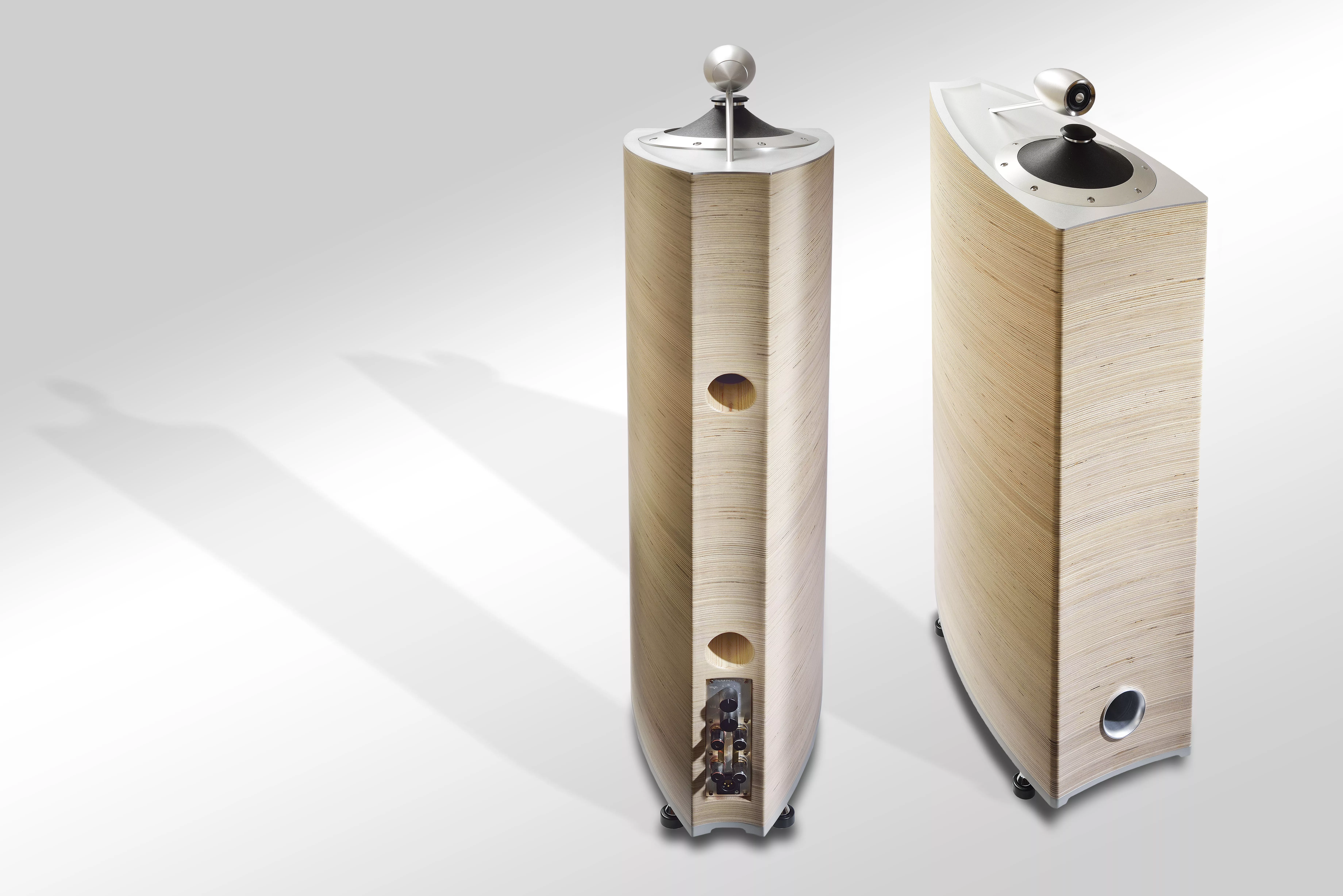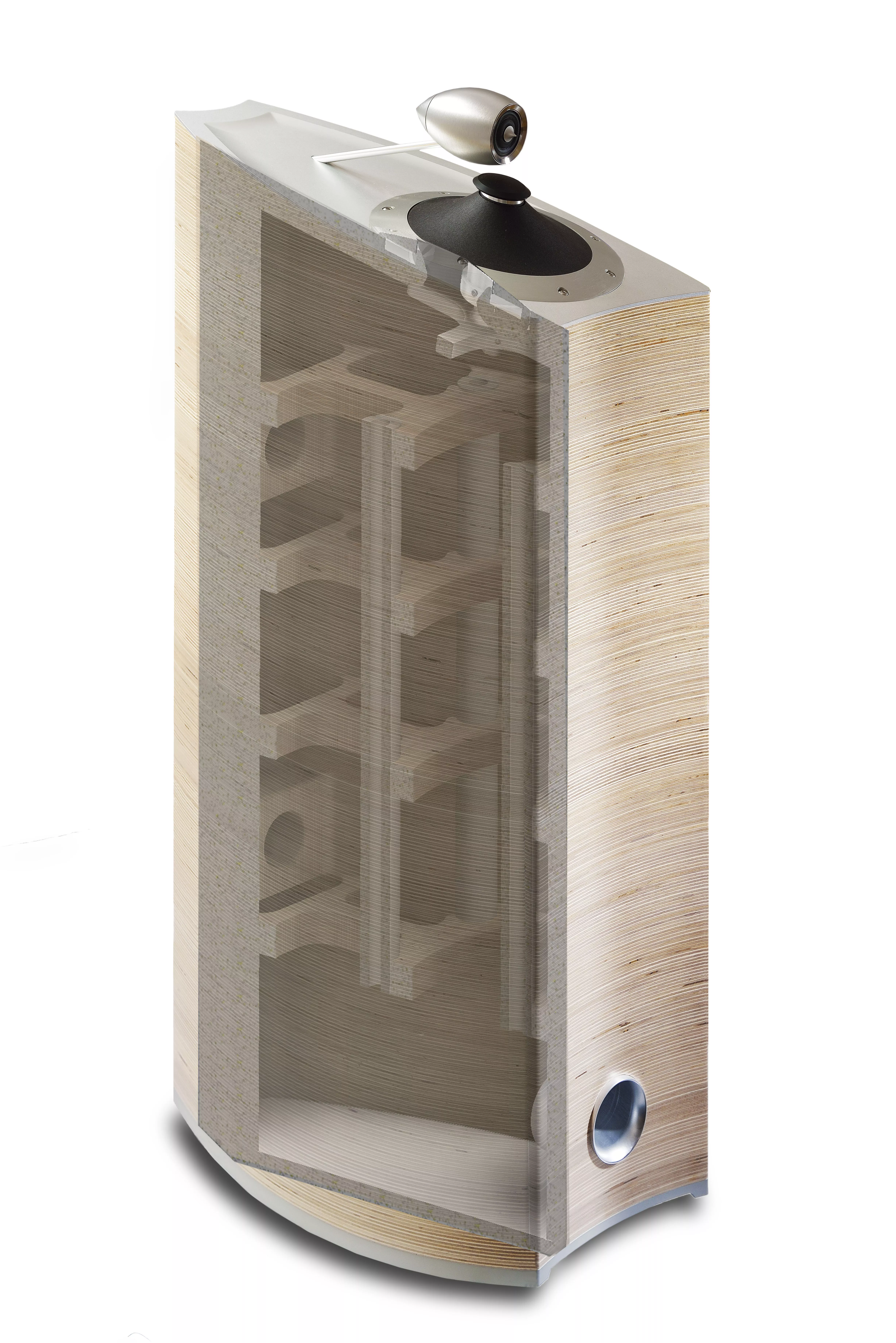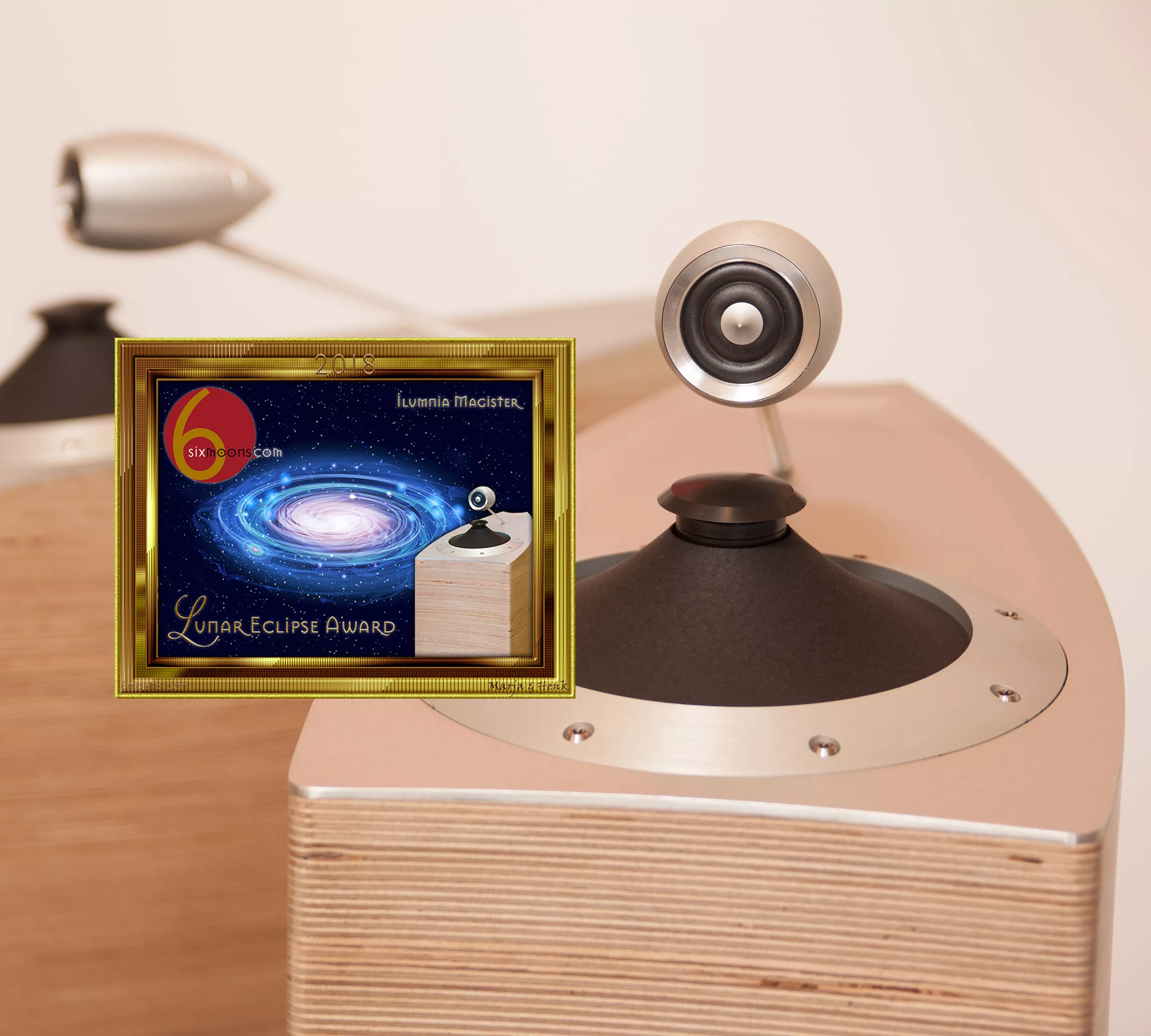We are proud to receive the Diapason d’Or reward 2023!

Diapason d’Or reward 2023

In January 2023, the leading French classical music magazine Diapason Magazine awarded the Ilumnia Magister MK2 with a Diapason d'Or award in particular for the reproduction of classical music. Below is a free translation of the test report.
“Anything that impedes the movement of a loudspeaker impairs the purity of the sound. What vibrates, rubs, and thwarts the usable signal ruins the painstaking care that goes into what precedes it (recordings, sources, electronics, cables, etc.).
And the possible causes of signal degradation are many. At the same time, it is not easy to move the air with speed and precision: it requires energy, a minimum of inertia and excellent control over the smallest displacements of the diaphragm. What to do then? Display without membrane? It is possible. This is achieved by ionizing the air, but this only works at high frequencies and generates little energy; it's been done with Siegfried Klein's ionophone, an invention from 1952, adopted by Magnat on its two-MP-02 plasmater in the 1980s. Another way, opting for a giant diaphragm, to move large volumes of air: this is the way of panels, dynamic, electrostatic, whatever. In this case you need large surfaces: it is therefore expensive and delicate.
We rewind to Belgium, 2010. Tom and Jef Nuyts are two enthusiasts of sound reproduction who are just as enthusiastic about technology. Their dream, a broadband electrodynamic loudspeaker, easy to install and completely freed from the mechanical constraints associated with the non-linear behavior of the peripheral suspension (at the front of the cone) and the voice coil.
Concluding that loudspeakers are structurally limited by their mechanical suspension, the Ilumnia project is launched. As the two brothers explain, this name is derived from the Latin Illuminare which means "to shed light on". A real challenge. Because removing suspension and voice coil, few risked. In 1997, the Pioneer S-LH3/TAD TSM-300 speaker received a 15 cm driver without suspension, equipped with a long voice coil and two spiders.
The solution of the Nuyts brothers: an 8” (20 cm) transducer equipped with two concentric coils, the first to move the cone in accordance with the musical signal, the second driven by a controller, to play the role of
"electromagnetic suspension". With a more or less rigid suspension, adjustable à la carte.
A first working prototype was launched in 2013. It took another four years to refine the world's first floating cone, the LEMS driver, whose behavior is 99.7% linear. The moving mass is only 15 g. In 2017, the first Magister model was launched with many positive reviews as a result. The recent MkII version further improves the response of the LEMS, now linear from 35 Hz to 9.5 kHz (compared to 5.5 kHz on the I version), the frequency at which a soft dome silk directional tweeter placed in an ogee intervenes precisely. The cabinet is made of milled parts of marine grade plywood and has three more or less hidden bass ports. The supplied bi-wire filter contains settings for possible adjustment of the transducers level. Finally, aluminum plates provide an impeccable finish, from near and far.

Listen
“Producing a loudspeaker with real sound as if coming from a natural source”, that is the goal of the Nuyts brothers with the LEMS and the Magister MkII. Let's take the example of a listener of a symphony in an average hall (e.g. the auditorium of Radio France), for example in the eighth row. Let's not even talk about the soundstage, huge, diffused and certainly not grouped into two right and left points. Instead, let's focus on the texture of sounds and how energy moves. In front of us the strings, violins, violas, cellos and double basses on the right, woodwinds in the back center, further back the brass and horns on the left, and background percussion. How is it that we hear the flute or the piccolo so well in the heart of this sea of strings? The resolution and the dynamic microphone. They are also very well placed in direction; the same applies to the horn that plays solo: it is not so loud and yet we perceive it very well. As for the strings, what a softness, what a velvety sound. The layering, really woody, we clearly perceive them and it remains soft, soft, enveloping. But when the conductor decides, when all the brass and woodwinds unite, yes, it storms, it crashes, and the same goes for the strings.
All this to say that, thanks to this loudspeaker technology, the Magister MkII plays with a finesse and a total control, without constraints, without deficiencies in linearity and almost broadband, managing to reproduce a sensation very close to the environment description of the above mentioned concert is coming. It is extremely soft or powerful, nuanced to the point of revealing micro-information that is normally lost more often than not, non-directive and at the same time ultra-precise in indicating the position of instruments, without distortion. All this also because the cone radiates 360°, at an angle of 8° calculated for optimal directivity for a seated listener. Another revelation of these speakers: even a modest amplifier, if transparent and neutral, will take them very far.
Judge yourself.
– Written by Frank Essink –


We are proud to receive the Diapason d’Or reward 2023!
